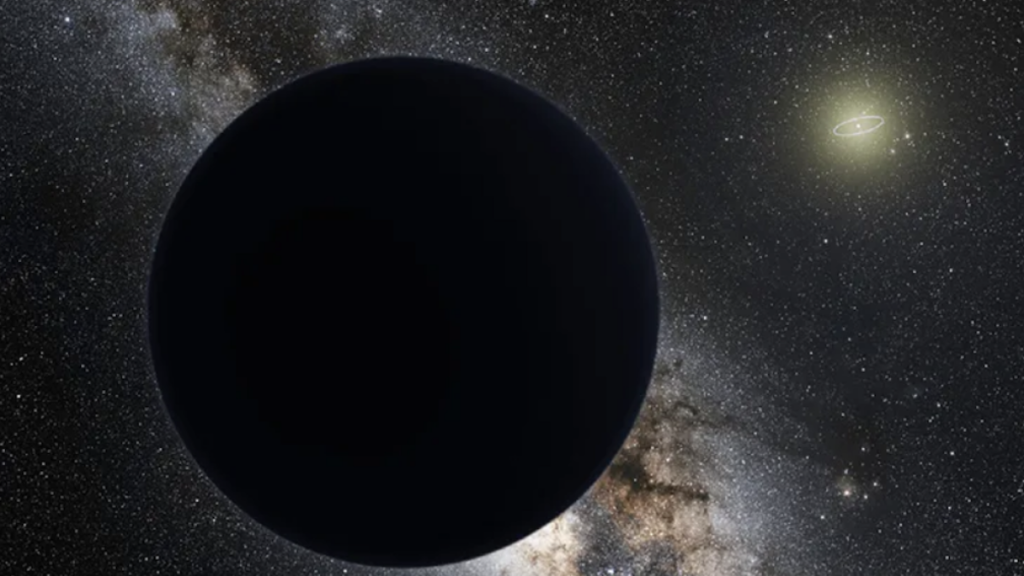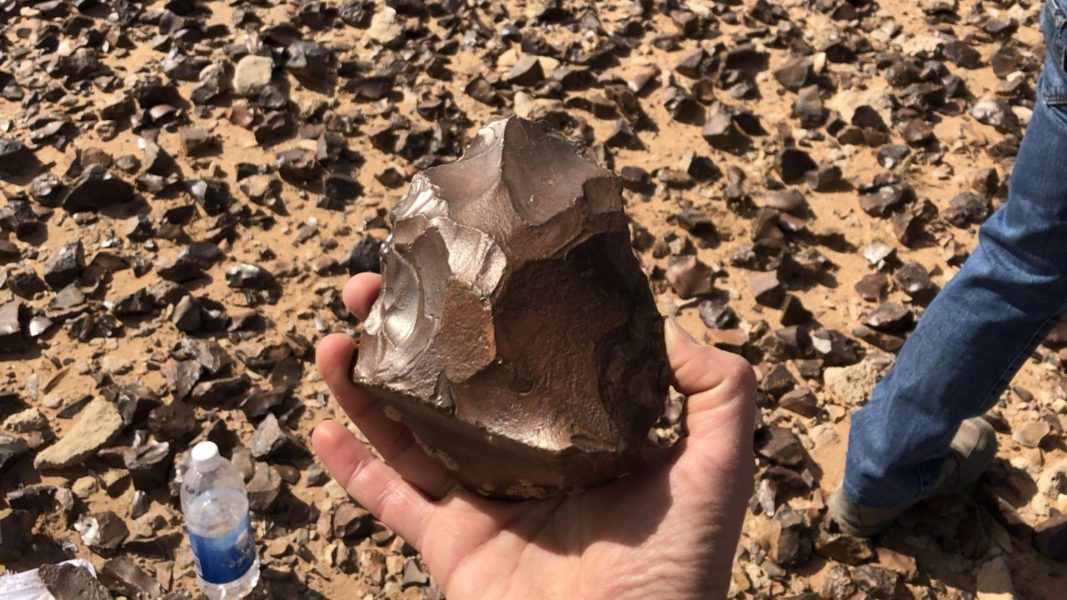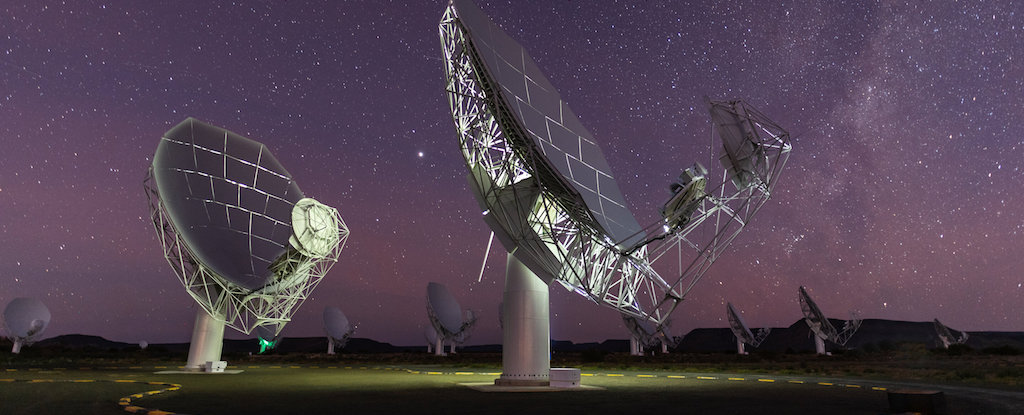Scientists discover a super-Earth. Something about it is strange. – Mashable

Scientists found an intriguing world in our galaxy. They confirmed the existence of a rocky planet, called a “super-Earth,” that’s some six times as massive as Earth. While the world HD 20794 d is larger than our planetary home, it’s relatively low-mass compared to the huge and inhospitable Jupiter-like gas giants out there. Importantly, it inhabits a compelling part of its solar system, a region called the habitable or “Goldilocks” zone, where liquid water could exist on a world’s surface. (Earth, for example, orbits in this special area, where it’s neither too hot, nor too cold.)”For me, it was naturally a huge joy when we could confirm the planet’s existence,” Michael Cretignier, an exoplanet detection researcher at the University of Oxford who led the research, said in a statement.Evidence for the initial detection, made in 2022, was thin: Cretignier needed more observations to conclusively prove HD 20794 d’s existence.But there’s something unusual about this super-Earth. Planets orbit their stars in elliptical, or oval, shapes, though these ovals tend to be almost circular (but still can’t literally be called circles). Yet Cretignier notes HD 20794 d has a “peculiar orbit.” It’s highly elliptical, which means as the planet orbits its star, it moves from the inner edge to just beyond the outer edge of the habitable zone every year. This raises questions about its habitability, or likelihood that it harbors conditions that could support life as we know it. You can see a conception of the planet’s strange orbit below. The outer planet is the super-Earth HD 20794 d, and the green region in space is this solar system’s habitable zone.The research was recently published in the peer-reviewed journal Astronomy & Astrophysics. The exoplanet team harnessed two decades of light observations captured by the HARPS and ESPRESSO (Echelle SPectrograph for Rocky Exoplanet and Stable Spectroscopic Observations) instruments, located in the profoundly dark and dry Chilean mountains. These sensitive instruments detect minute gravitational effects an exoplanet has on its star. You can think of these effects as faint, almost imperceptible wobbles.Although HD 20794 d still remains largely mysterious, it’s possible that future exoplanet missions — such as NASA’s Habitable Worlds Observatory — a space telescope that would look for signs of life in the atmospheres of other worlds — will be able to closely investigate this intriguing super-Earth. “Excitingly, its proximity with us (only 20 light-years) means there is hope for future space missions to obtain an image of it,” Cretignier said. There are likely more than a trillion planets in our galaxy alone, and a large proportion could be super-Earths. One day, we might confirm that some are ocean worlds, like Earth.
Topics
NASA
Mark is an award-winning journalist and the science editor at Mashable. After working as a ranger with the National Park Service, he started a reporting career after seeing the extraordinary value in educating people about the happenings on Earth, and beyond.He’s descended 2,500 feet into the ocean depths in search of the sixgill shark, ventured into the halls of top R&D laboratories, and interviewed some of the most fascinating scientists in the world.You can reach Mark at [email protected].
Source: https://mashable.com/article/super-earth-planet-discovery-habitable-zone






